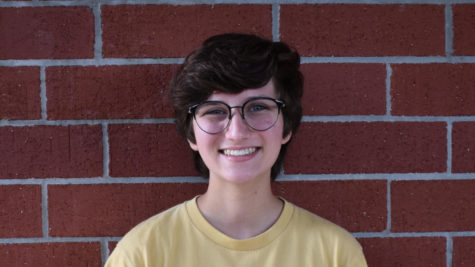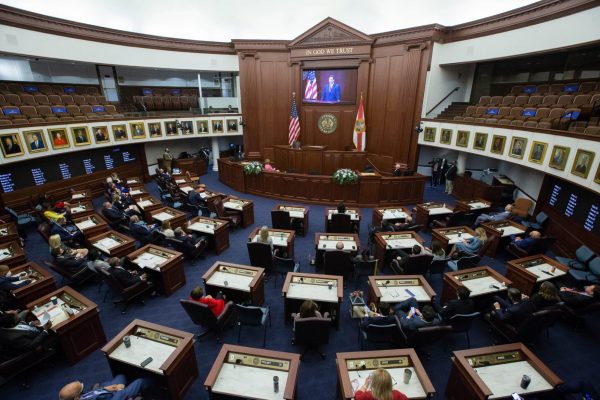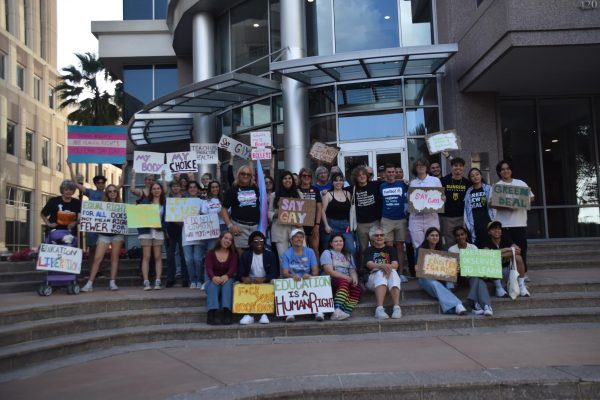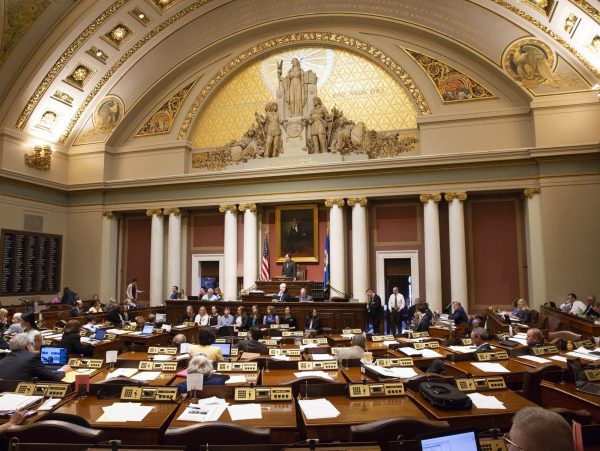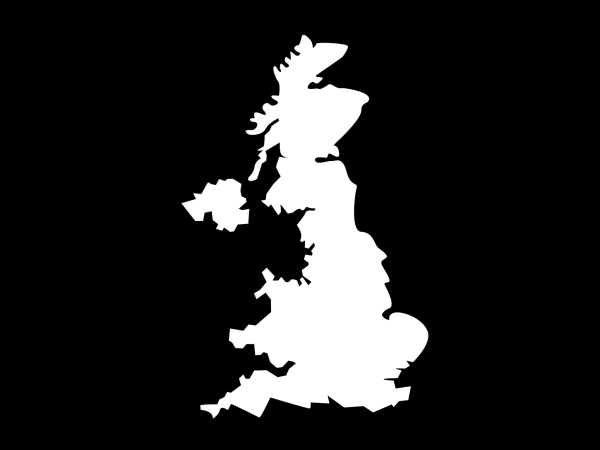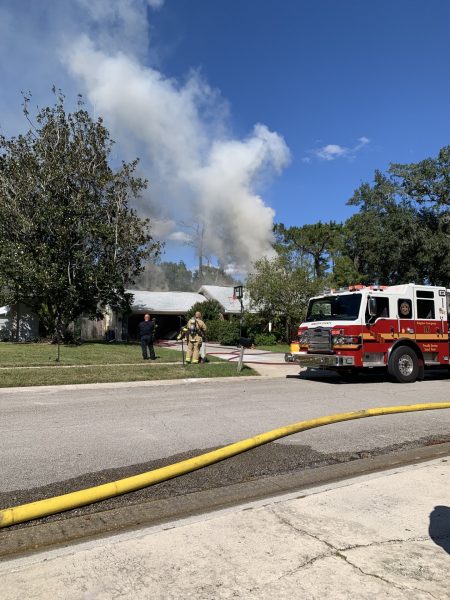Natural disasters demolish land and take lives
Photo provided by: Nick Brandenburg
While 24 people were arrested with charges of arson, the majority of the fires were started by dry lightning storms.
February 13, 2020
January and February marks Australia’s fire season; however, since September, the fires have been more numerous and severe than ever. Over 25 people have been killed by the flames and over 2,000 homes have been burned down. The fires have covered the country in smoke and devastation, burning through more than 15.6 million acres of land.
In addition to the large-scale devastation of property, habitats are being stripped away from the animals who reside there. Nearly a billion animals, not including fish, amphibians or insects, are predicted to have been killed already by the spreading fires. For example, the already endangered Kangaroo Island dunnart is feared to be completely extinct after the fires raged through their only known location. Additionally, koalas’ habitats were heavily damaged, leaving many injured or killed.
“To me, it was really sad because of how Australia is known for its wildlife and its animals and the fact that they’re losing so much of their animal population and their plant life really made me sad,” freshman Kylie Johnson said. “It’s really heartbreaking to see, especially so soon into the new year and the new decade.”
Wildfires are often caused by dry weather, wind and heat, all of which Australia possesses. Along with average wind speeds that clocked at 60 miles per hour and prevalent droughts, the country is experiencing the highest temperatures ever recorded. Claims on social media expressed that 75 percent of the fires were caused by arsonists, but after further investigation, this was proven to be false. While 24 people were arrested with charges of arson, the majority of the fires were started by dry lightning storms. Junior Tristan Smith was in Melbourne, Australia in December, while these fires demolished the country.
“Where I was, it wasn’t really affected too much by it, but a lot of days it was really smokey and a little bit depressing thinking about it,” Smith said. “We saw a little bit of the aftermath. [It was] very, very dark, kind of desolate. It was really smokey a lot of days and we couldn’t really see the sun.”
In addition to the catastrophic fires across Australia, natural disasters have been occurring around the world. In New Zealand, the White Island Volcano erupted on Dec. 9 and the aftermath of ash caused lasting effects. The eruption resulted in at least 18 victims and many more hospitalized from volcanic burns. Taal Volcano in the Philippines erupted on Jan. 12, causing the evacuation of thousands to avoid potential threats of a tsunami if another eruption occurs. Additionally, Puerto Rico experienced multiple earthquakes, starting on Dec. 28, that have damaged the commonwealth. The series of intense earthquakes are known to have killed at least one person and knocked down many buildings, rendering thousands homeless. The largest of the earthquakes took place on Jan. 6 and 7, with a maximum magnitude shake of 6.4, but large aftershocks continued the damage well after the main earthquakes ended.
“I was in Isabela [Puerto Rico when the earthquakes hit],” sophomore Justin Cubero Martinez said. “It lasted a couple seconds. I think there were like five or six [earthquakes]. It felt a little scary at first but then I got used to it and it didn’t scare [me] a lot then. Some homes were destroyed and some people died.”
Efforts worldwide have been made to help those suffering from the effects of these natural disasters. The American Red Cross initiated a donation fund for Puerto Rico so that others could help those impacted by the devastating earthquakes. Additionally, organ donors across Australia and the United States are providing New Zealand burn victims with the skin they need for temporary skin grafts. Others are selling homemade items to raise money for people. For example, Owen Colley, a 6-year-old from Massachusetts, raised over $240,000 for Australia by selling clay koalas that he made. Overall, the significant effects of these natural disasters have unified people around the world to fight for a common cause.
“I think it’s really sad and I think that it definitely could have been preventable,” senior Corey Bleakly said. “If we are to cut down on our burning [of fossil fuels] and production of plastics, we can significantly slow down the rate of our warming planet. What is happening in Australia is terrible, but if we sit back and do nothing, who knows what will happen? The future is really on the line here.”


